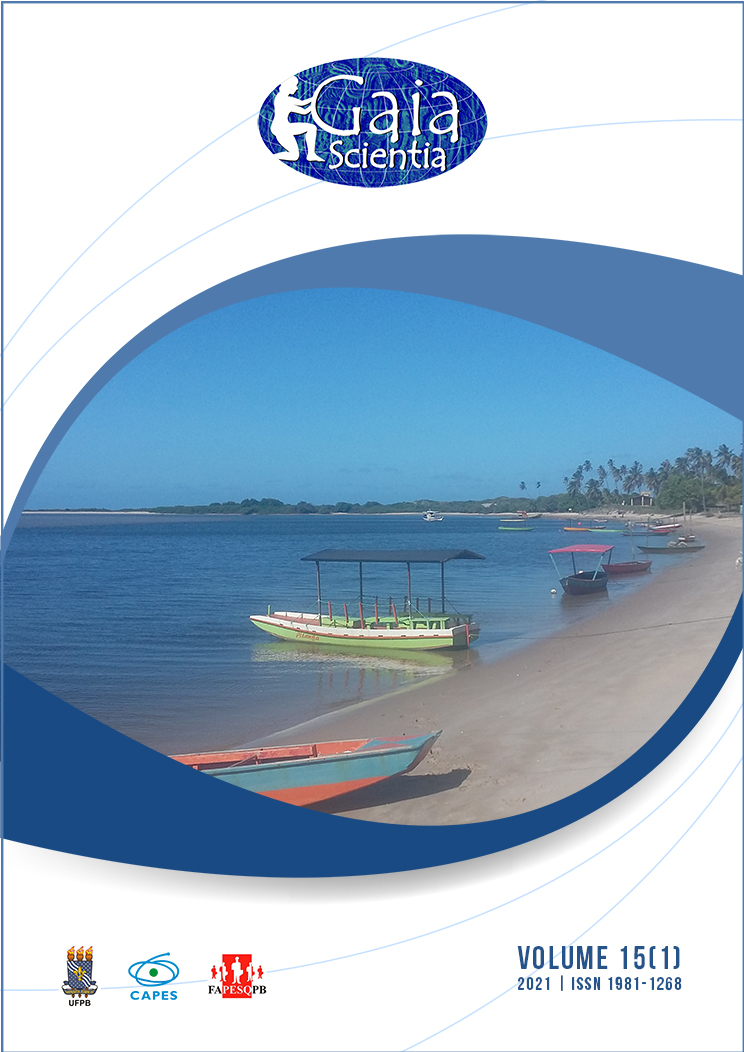Native flora marketed as a medicinal resource in Parnaíba, Piauí, Northeast of Brazil
DOI:
https://doi.org/10.22478/ufpb.1981-1268.2021v15n1.50041Abstract
Native plants sold in public markets are used as food, ritualistic and medicinal, contributing to the monthly income of permit holders. However, their commercialization may stimulate large activities of natural resources collection. Given this scenario, the objective was to identify how and which native medicinal plants are being commercialized in the Public Markets of Parnaíba, Piauí. Semi-structured forms were applied to the 34 permit holders. The plants were collected and incorporated into the Graziela Barroso Herbarium (TEPB) of the Federal University of Piauí. Informant Consensus Factor, Relative Importance, and Jaccard Similarity Index were used for data analysis. There were a total of 46 native species distributed in 29 families. The most representative family was Fabaceae, and the most traded parts were bark and leaves. The tree plants were predominant and the teas stood out. The most cited body systems were: Signs and symptoms in general and Diseases of the respiratory tract. The species Myracrodruon urundeuva Allmanha was the most cited. The inclusion of permit holders in health education programs is an important aspect to be considered by the government, aimed at guiding traders on the adoption of appropriate measures in health, environment, handling and storage of species.
Keywords: Traditional knowledge. Urban ethnobotany. Public markets.
Downloads
Downloads
Published
Versions
- 2021-05-03 (3)
- 2021-04-15 (1)










